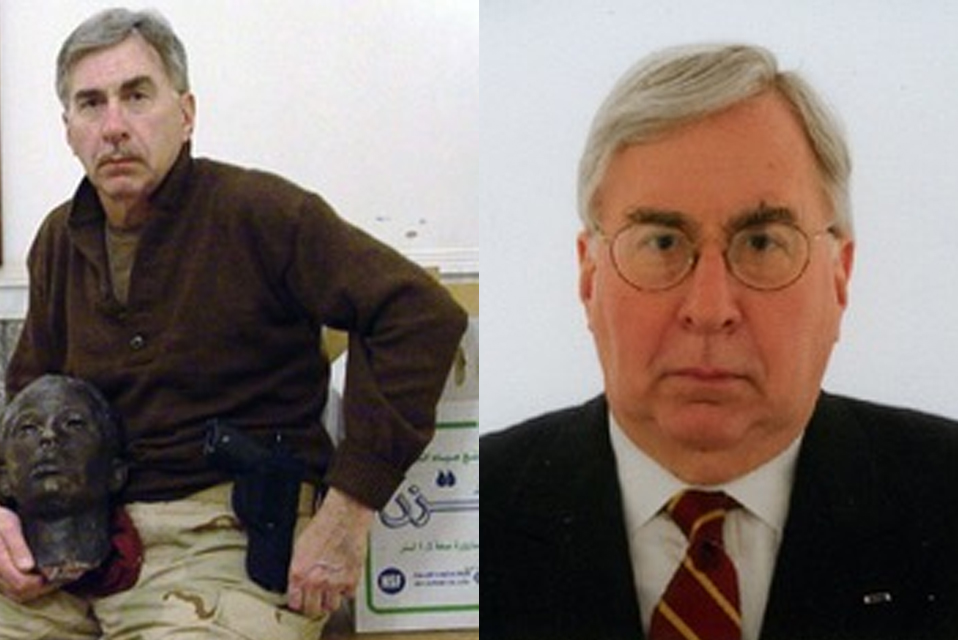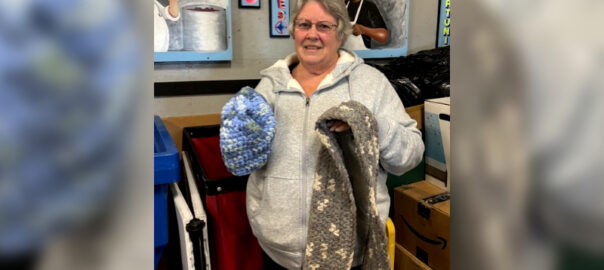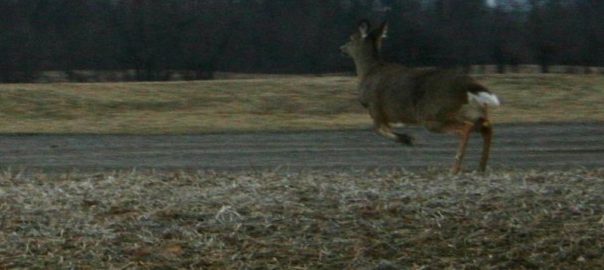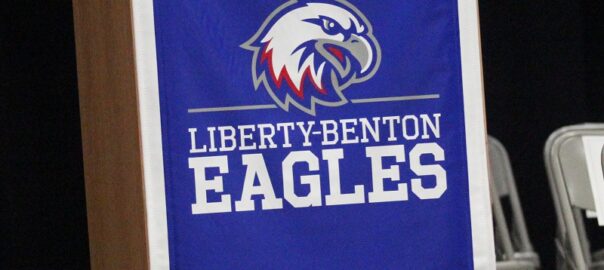(From the University of Findlay)
The University of Findlay is proud to host a Veterans Day celebration at 5 p.m. Tuesday, November 11, and area residents and the UF community are invited to attend.
The ceremony will take place at the Veterans Honor Wall in the Center for Student Life and College of Business, 233 Davis Street.
“Please join us as we honor the service, bravery, and commitment of our University of Findlay veterans,” said Samuel Yates, ’16, president of the Alumni Board of Governors, which is coordinating the event.
The keynote speaker will be retired U.S. Army Lieutenant Colonel William J. Layer, who graduated from Findlay College in 1968 with a history degree. He served 26 years in the U.S. Army, National Guard, and Army Reserves. His career began as an enlisted man where he was awarded a Purple Heart for Military Merit and Wounds Received in Combat, four Overseas Bars for each six months in a combat zone, two Army Commendation Medals, and National Defense Service Medals for service in Vietnam, Operation Desert Storm, and Operation Iraqi Freedom.
He held several positions as a member of the District of Columbia National Guard, was a Dislocation Civilian Officer and Project Manager for Iraq/Central Asia Refugees/Intel, Director of Command/Public Affairs for Iraqi Freedom, and coordinated high level meetings between the U.S. Assistant Secretary of the Army for Reconstruction and the Commanding General.
The UF band will play a salute to the U.S. armed forces followed by Boy Scout Troop 319 of Findlay presenting the colors. The National Anthem and “God Bless America” will be sung by UF sophomore Eva Hancock. UF senior Kaylie McCann will give the invocation and lead the Pledge of Allegiance.
The program also will include a reading of the new names being added this year to the Veterans Honor Wall.
For those who cannot attend, the ceremony will be live-streamed online.
The Veterans Honor Wall was a gift to the University on behalf of the Class of 1966’s 50th anniversary.
“The wall is a living tribute that serves as a constant reminder on our campus of the many sacrifices that our service men and women have made to give us the freedoms we enjoy today,” Yates explained. “We are honored to call these veterans Oilers.”














